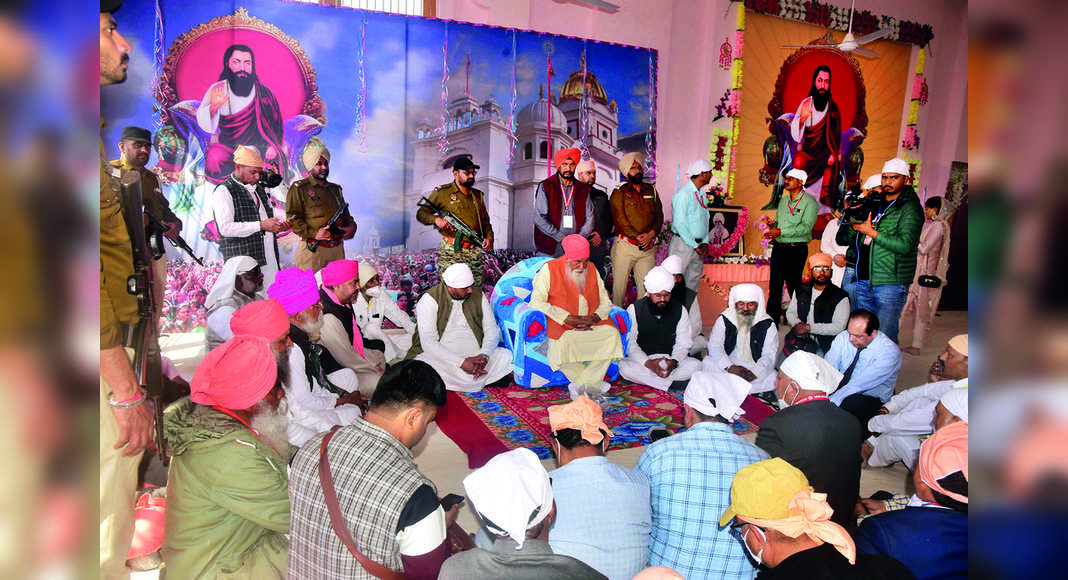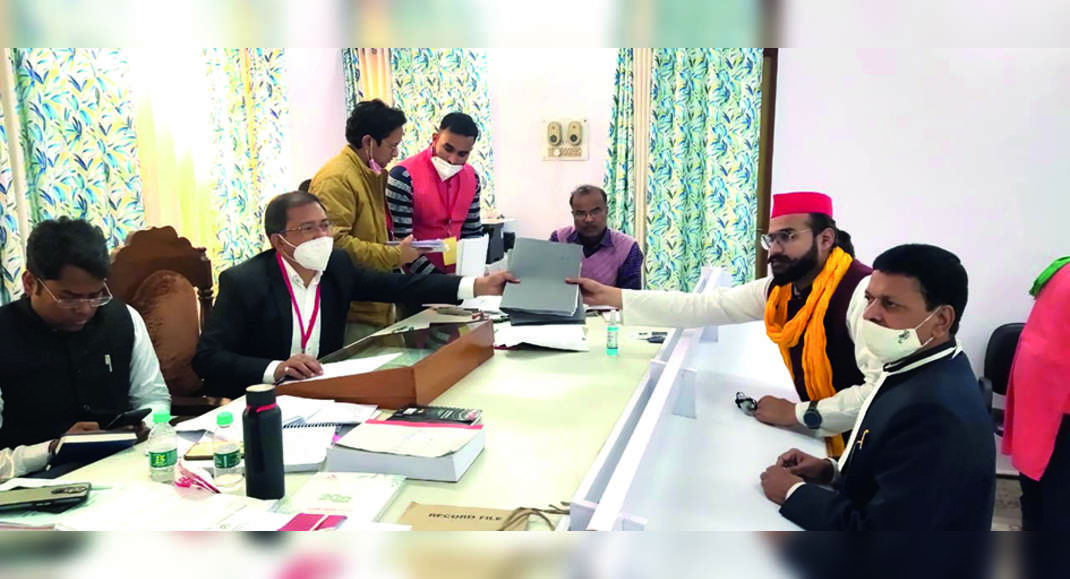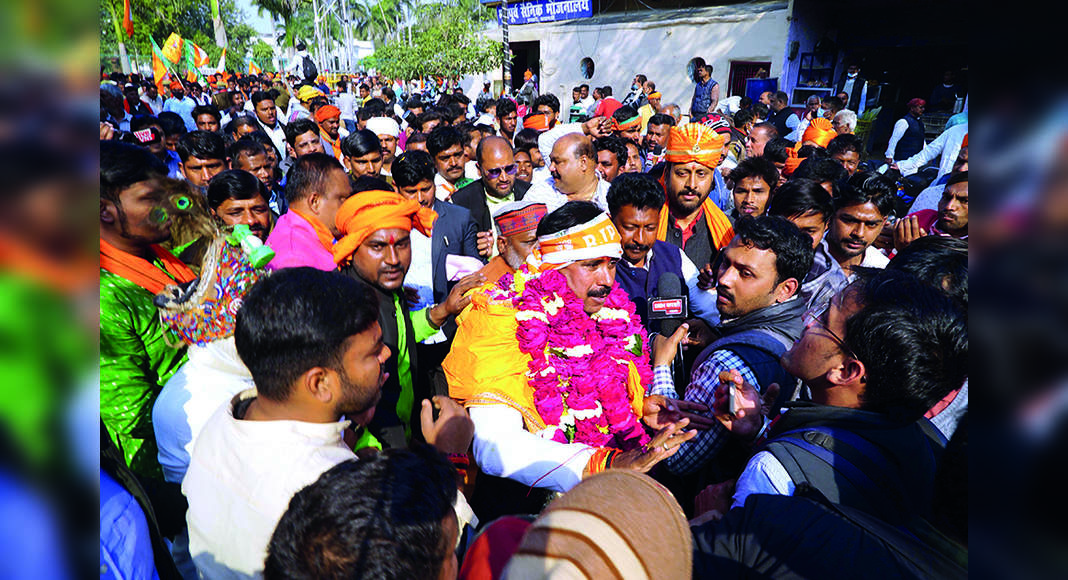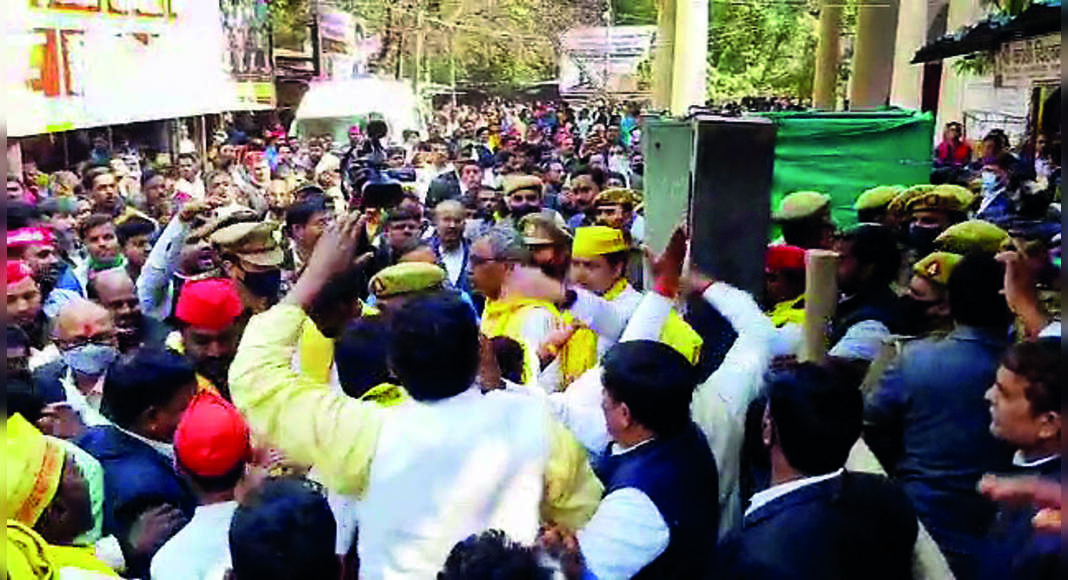Varanasi: Noted river engineer and former professor of Banaras Hindu University (BHU) Prof.
UK Choudhary has written to Chief Minister Yogi Adityanath fearing an impending threat to the Ganga in Varanasi due to the construction of a spur (wall) and canal in the river.
He has also posed a series of questions regarding the design of the project seeking answers from the authorities concerned.
Prof Choudhary was also appointed as the expert member in Gomati riverfront committee and has 35 years’ experience in teaching river engineering to MTech students of Civil Engineering in IIT-BHU.
He said that a mobile boundary canal of 45m top width and 32m bottom width and depth of 65 m and length more than 5 kilometre cannot bear the momentum and turbulence of flood water on the sand-bed of the Ganga on the opposite side of Varanasi.
This canal on no scientific principles can be stable and will reduce down the depth of water in the Ganga.
Further, the reduction in depth during the monsoon will cause the reduction in velocity which will ultimately cause the heavy siltation on the ghat-sides.
Thus, the Ganga will leave the ghats,” he has opined.
He said that the spur constructed on the Lalita-Ghat will deflect the flow from the ghats and will cause the reduction in depth and velocity of water.
This will also cause sedimentation on the ghat.
“Thus, the spur and the canal may change the crescent shape of the Ganga in Varanasi.
Also, just as sedimentation took place at Assi Ghat and the Ganga left the ghat forever, similar may be the case for ghats up to Dashashwamedh,” said Choudhary.
He added, “The river is a living body system.
The anatomy, morphology and dynamics of the system must be known then only it should be handled”.
How the UP irrigation department and experts associated with the project decided to design the canal on the sand bed of the Ganga? They need to answer certain questions, he said and wanted to know how the discharge in the canal on the sand bed was calculated, how the cross-section was decided and also how the slope was fixed.
“As the bed is permeable with different sands, how seepage rate was calculated.
As the canal falls in high flood-zone, how the stability of the canal has been decided,” he added.
He further asked which hydrodynamic formula has been used in it, the top of the canal will be how much below the highest flood level, what will the impact of the canal on the sedimentation on the ghat-side, whether the canal will remain in flowing condition during dry weather period, if the canal will be non-silting non scouring type, if it is not so, in how much period it will be filled, what is the present cost of the canal and what will be its maintenance, who has designed the spur, and fixed the depth, width and the length of the spur, how the angle of the spur was decided, and what will be the impact of the spur in the downstream.
However, irrigation department’s executive engineer Pankaj Verma clarified that this multipurpose project will reduce the velocity of the river water to avoid pressure on ghats due to which threat of erosion under their steps and historical buildings was increasing.
“While creating a new canal it has been ensured that the actual stream is not shifting from ghats.
Sixty percent river water will pass through the old stream on the left bank while the new canal on the right bank will have 40% water.
The average depth of the river on the ghat side is 10m while the depth of the new canal is 7-8m.
The cargo vessels on the National Waterway-I will also pass through the new canal.
The project is being implemented at the cost of Rs.
11.95 crore,” he told TOI on Friday.






